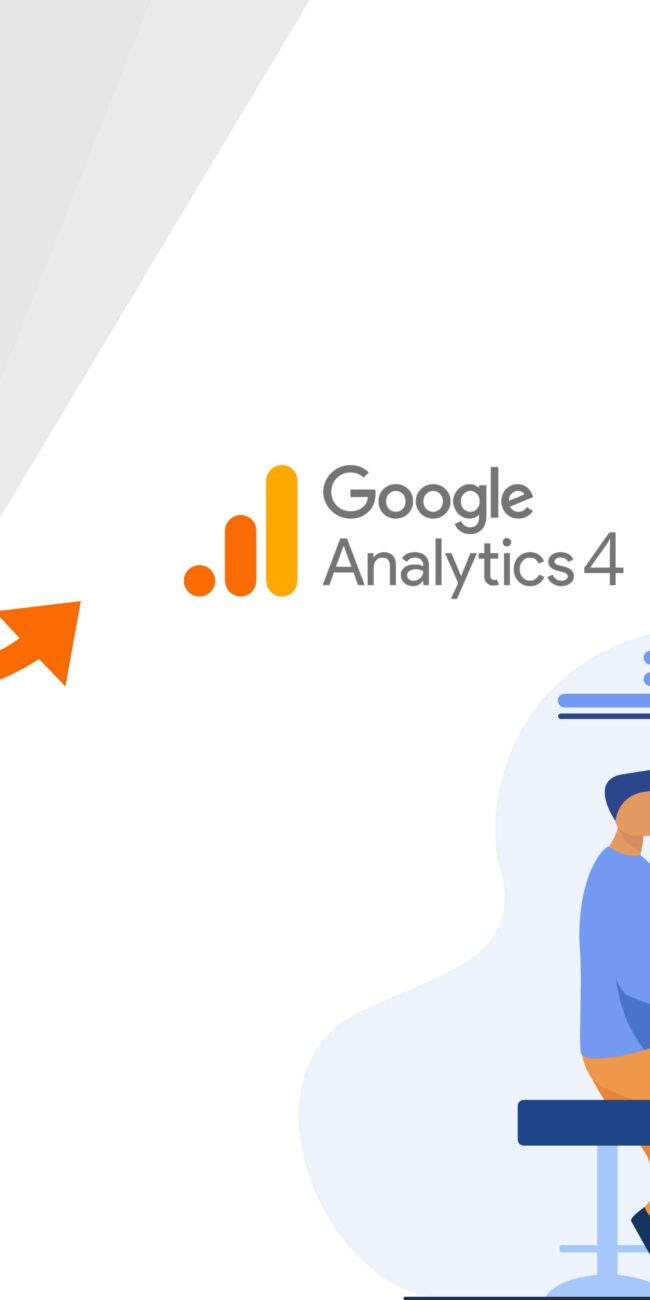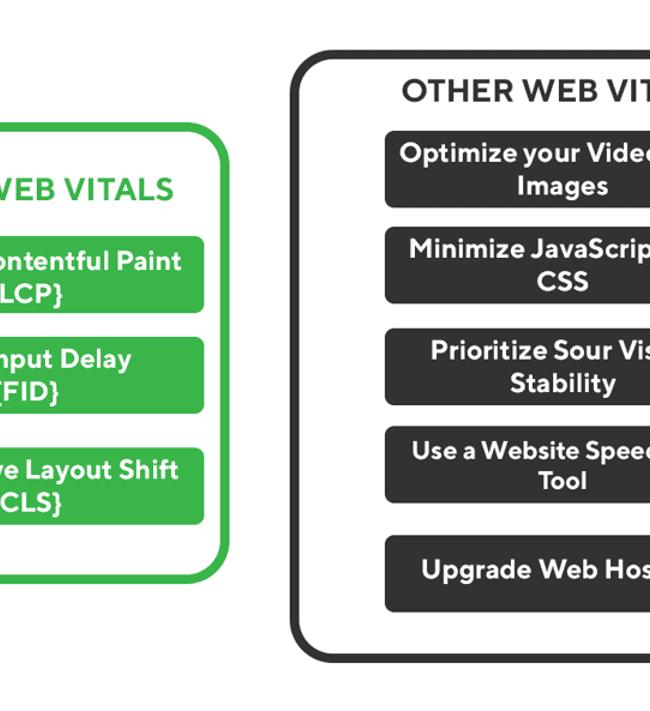

2023 is round the corner and businesses are keen to know what is next in Digital Marketing. What will be the new trends and developments, what changes might occur in consumer behavior, what will be the next tech in marketing, how digital marketing will change in the future and how businesses can stay ahead of the curve. While some basics are here to stay, here are 12 digital marketing trends in 2023, that will be big.
Before we begin, let’s take an overview of the economic predictions for 2023, which will be one of the basic factors that will drive consumer behavior. Due to the impending recession and global cost of living crisis, customers will tend to become more discerning about the things they buy and essential goods and services will gain priority. Brands then, will need to design a 360° Digital Marketing Strategy where they bring more transparency about the goods and services they are selling. They will also need to make their strategies more human-centric by seeing the person behind the consumer and personalizing experiences, to connect better with consumers. This holds especially true for small businesses. Also, developing short-term, mid-term and long-term strategies and betting on the long-term game, will help brands prepare for what the new year holds.
12 Digital Marketing Trends in 2023
1. Customer-centric Marketing
The present-day consumers are more informed and they make choices based on personal preferences. With the plethora of choices available, customer loyalty is hard to gain. Brands should keep the needs of the customer at the center of everything. Customer experience focuses on how the person feels and perceives the brand when they interact with the brand. Personalizing marketing by empathizing with the audience will keep people connected to the brand in the long-run. A digital marketing strategy focused on creating a good customer experience will help businesses stay future-ready.
2. AI in Marketing
AI allows marketers to get actionable insights into consumer behavior and preferences. It enables businesses to deliver personalized experiences that delight customers and keep them coming back, building customer loyalty. It will be key in making marketing success more predictable and driving business growth and profitability.
What lies at the core of AI in marketing is automated data collection and data analytics, making predictions using historical and current data to determine communication, offers, and marketing campaigns tailor-fitted for the company’s target market.
3. Google Updates to aid marketing
a) Google Analytics 4
The next generation of web analytics, Google Analytics 4, will enable marketers to do more than merely tracking website traffic. It will now help track important customer usage indicators and get more customer engagement insights. Google Analytics 4 utilizes AI and machine learning to track the full customer journey across many platforms. It will thus be a potent tool to understand the target customer.
b) Smart Bidding in Google Ads
Among the other machine-learning features that Google has added to its advertising platform, is the Smart Bidding feature of Google Ads. Now, marketers can create campaigns and the platform will optimize everything for them including automating bidding strategy, set to maximize conversions. Google Ads will raise bids based on the historical search behavior of users and other contextual information like place, time schedule, user devices and performance of your ads in the past to determine the probability of a conversion.
c) Google Maps Campaigns
Called “Smart Campaigns”, this is the Google Maps version of Google Search Engine Marketing. Marketers can run campaigns through their Google My Business page and target their ads according to location, making it important for local search. Whenever a user searches an area for a particular service, the ad will be displayed on Google Maps.
4. Conversational & Interactive Marketing
Google has temporarily postponed the removal of third-party cookies in Chrome to the end of 2024 to find a balance between user privacy and the interest of businesses, which is vital for the survival of open web. To be ready for this future change, conversational marketing will have to take center-stage, as with the removal of third-party cookies, marketers will not be able to use cookies to collect data for tracking customer journeys.
Enhanced User Experience (UX) will become prime in 2023 to make websites and apps interactive to engage customers and reduce bounce rate. Conversational marketing in the form of chat boxes, live chat, virtual assistants, and personal email will make capturing customer data efficient.
Apart from being conversational, websites and apps will also need to be more interactive. Graphics, Web and App design and content will play a major role in this. Making the UX more appealing will engage users better and help build brand perception. Graphic designers, UI/UX designers, content writers and developers will have to work in tandem to develop an interactive UX which is unique to the brand.
5. Omnichannel Marketing
Customers are present on various channels, online and offline. Marketers have the opportunity to track and weave together all the customer interactions across channels and deliver a coherent narrative. That is what Omnichannel Marketing is all about. It is the need of the hour especially because the line between digital and offline is increasingly blurring. An Omnichannel Marketing strategy will help unify all the marketing efforts and help build a strong and homogenous brand identity.
6. Voice Search & Visual Search
Search continues to evolve. The use of digital voice assistants has accelerated due to smartphone and smart speaker usage. Users have appreciated voice search for its sheer handiness and convenience, making voice search the most preferred search method. Empowered by AI, ML, Data Science and NLP, speech recognition technology has come full-circle and voice search has become more efficient and fast as ever. Businesses must adopt the best SEO strategy, to make their online presence both text and voice optimized.
In addition to voice search, visual search is set to become a trend in 2023. Computer vision and image recognition has made it possible for users to simply point the smartphone lens to a product and explore the internet for similar products and learn about the brand. Making images discoverable and websites compatible to visual search, will be an addition that brands should make to their SEO strategy. According to a report by Industry Arc, the global visual search market is estimated to surpass USD 14,727m by 2023, growing at a CAGR 9% during the forecast period 2018-2023, thus predicting a rapid adoption of visual search by brands.
7. User-Generated Content (UGC)
UGC is one of the basics which will never get old. It is the virtual version of word of mouth, which has historically been the driver of brand awareness. UGC is an indicator that the brand has built a strong relationship with the customer. Digital marketers should find trusted customers who will post and share information about the business and become brand advocates.
8. Relationships with Influencers
Influencer marketing will continue to gain popularity in 2023 as it has proved to do wonders for businesses, given the wide reach of the influencers and their connection with the audience. A report from Oberlo suggests that the global influencer marketing market size is expected to hit USD 16.4 billion in 2022 and over the forecast period of 2023-2028 it is further expected to grow at a CAGR of 32% to reach USD 31.7 billion by 2026. Businesses, especially small businesses, will continue partnering with influencers for promoting their brands.
9. Email Marketing
Email Marketing, contradictory to popular opinion, continues to stay relevant, especially for small businesses. 82% of B2B advertisers say that email marketing is still the favored technique for brand advancement and it is a USD 12 billion per year industry. The reason is that it is still a medium to convey the organization’s message to the audience directly. Email newsletters, if produced to a high standard, can make the readers genuinely look forward to reading them. Email marketing might be a drag when compared with the entertaining ability of social media but together, both can be a powerful combo for building and retaining audiences.
10. Storytelling
Customers make buying choices based on emotion, more than reason. Stories that inspire and tell a truthful tale about how the brand is making a difference, make customers pay attention. Storytelling in marketing, just like omnichannel marketing, helps build an all-encompassing narrative for the brand. Online ads are skippable and TV commercials are mutable, but good stories are irresistible.
11. Short Educational Videos
A brand’s aim should be to add value to the life of the customer. Short and sweet knowledge bullets in the form of videos are easy to retain and absorb. Videos on how the product or service can be used and the benefits of them, will help the audience understand the brand’s offering better. Social media platforms demand such concise, snappy, and to the point content.
Structuring the Right Digital Marketing Strategy
The process of building the ideal digital marketing strategy begins from choosing the right Digital Marketing Agency which understands your brand well.
Senate Marketing is a Digital Marketing Agency in Mumbai which understands the pulse of the brand and helps design the perfect marketing mix. Call us at +91-7045533555 to discover exciting possibilities for your business and drive your growth and profitability.






